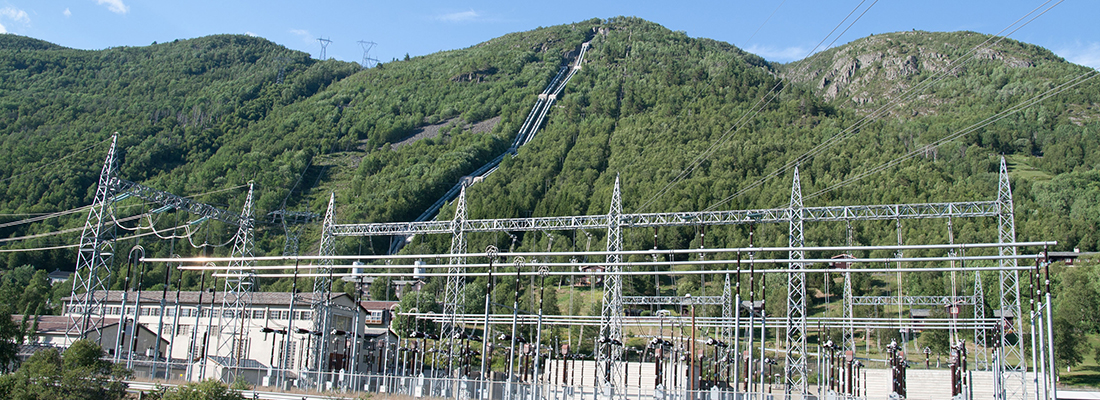A not very well protected secret is that LPWANs are already deployed and in use by many of the utility companies in Europe to read the meters automatically. The technology behind in Europe is often Wireless M-Bus on 169 MHz, particularly for gas and water meters.
One of the reasons to select this technology is the range advantage that 169 MHz carrier waves provides due to antenna physics a range advantage. European radio regulations also allow high output power (500 mW), and combined with narrowband radio technology this increase the communication range substantially. This is important for particularly water-meters that are often located in basements of the buildings, or down in pit holes. A key advantage for Wireless M-Bus is the low power characteristic that is needed for battery operation of water and gas-meters.
Wireless Sensor Networks (WSN) in the Internet of Things (IOT) share the range and the low power requirements with the water and gas meters and will consequently also benefit from 169 MHz and Wireless M-Bus, that by now is well proven in the metering market.
Radiocrafts has in its latest Application Note showed in a realistic range test in downtown Oslo that 40 square km can be covered by a single base-station build on one RC1701HP-MBUS4 module. This coverage is similar to what other LPWAN technologies achieve with a much more complex base-station.
Wireless M-Bus was developed with low power in mind and support more than 15 years battery lifetime for water and gas meters. For lower complexity sensors, even longer battery life can be achieved.
So, when deciding on your LPWAN network, make sure that you consider also the 169 MHz and Wireless M-Bus alternative. Sometimes simple is better!

